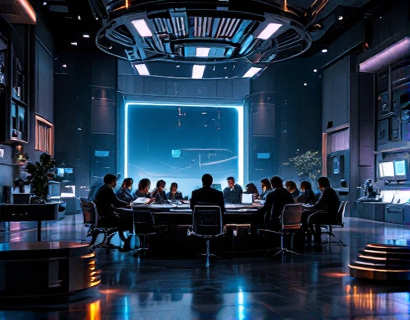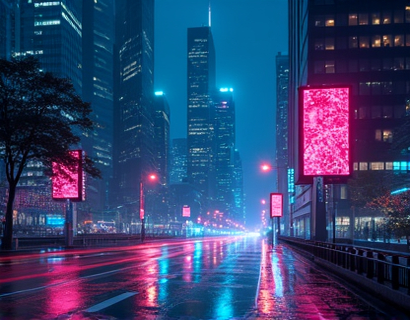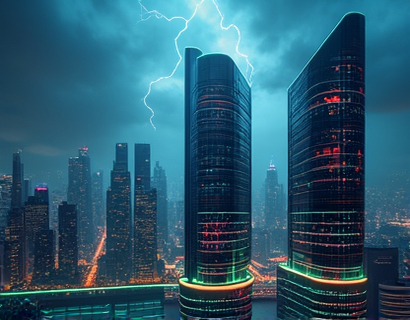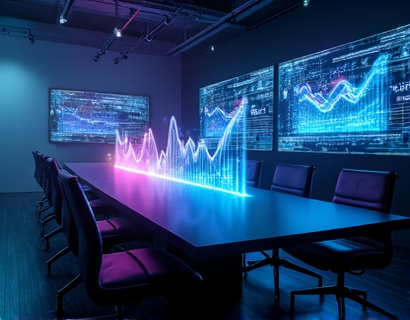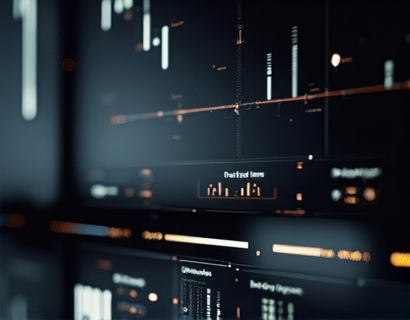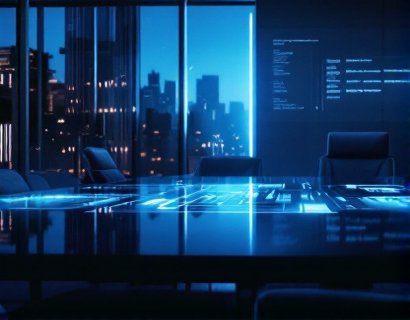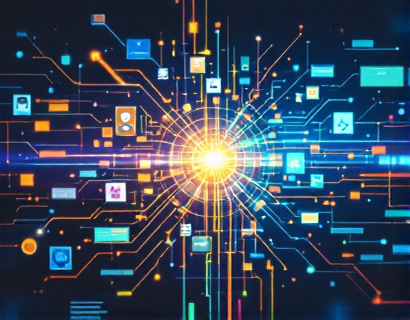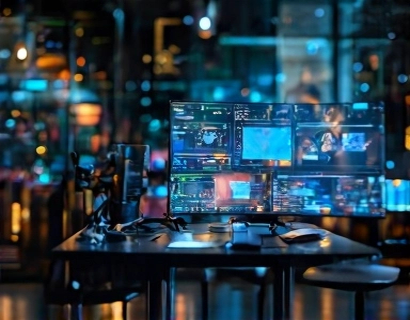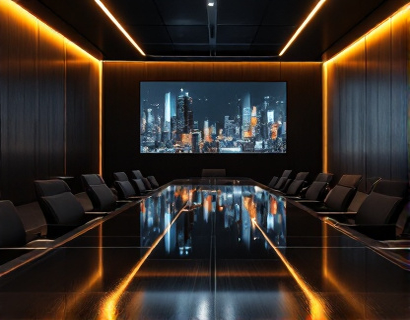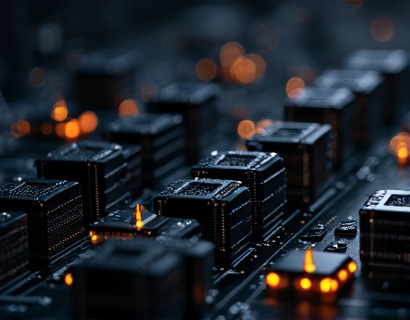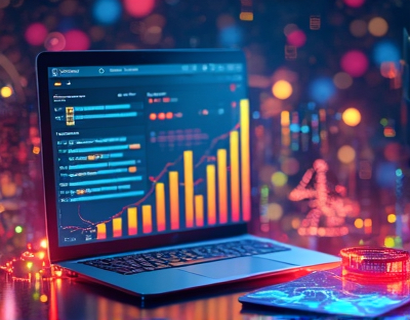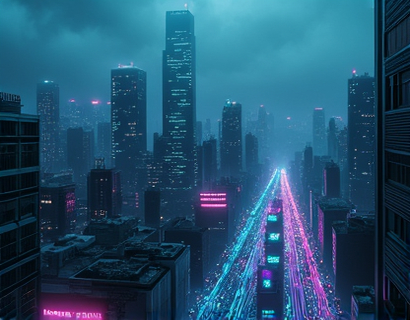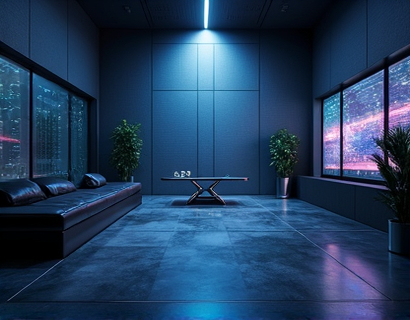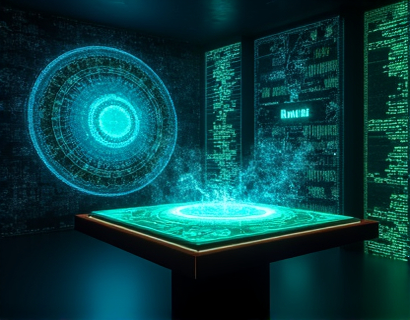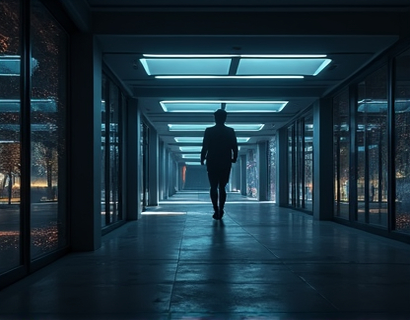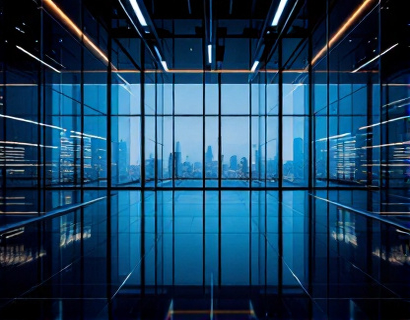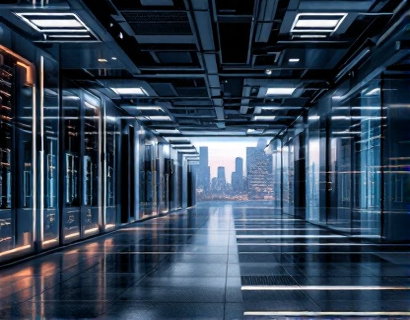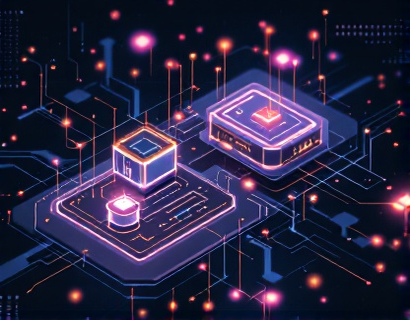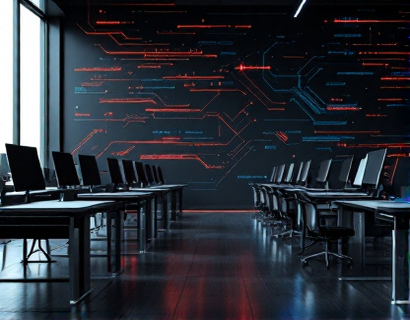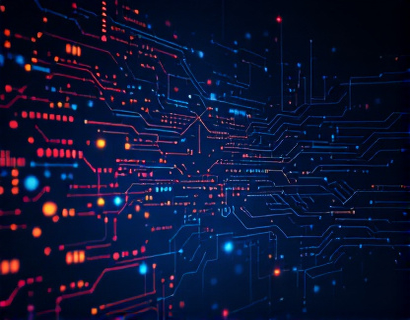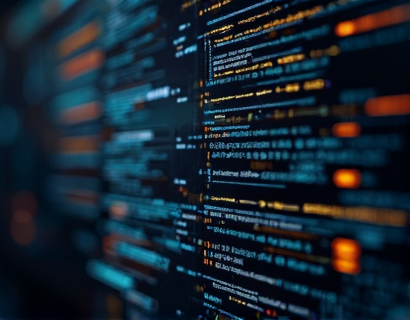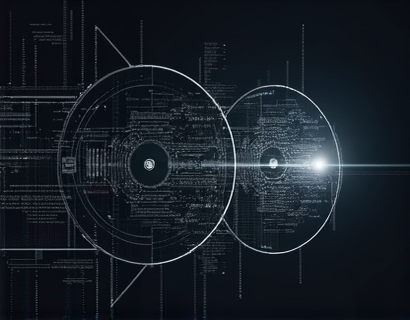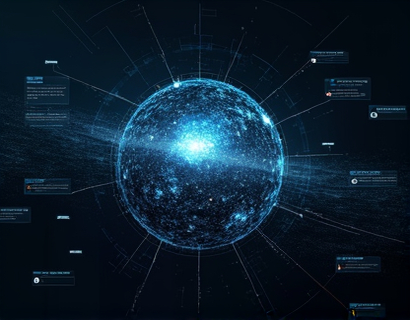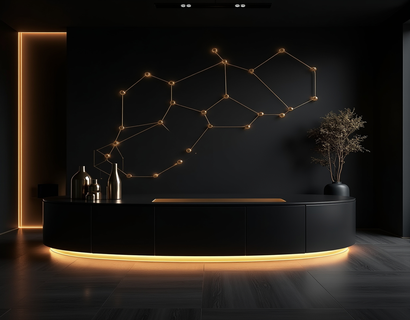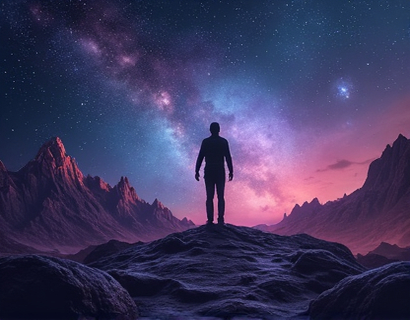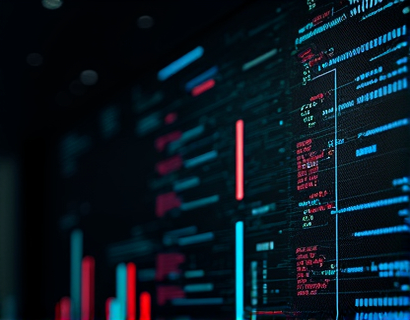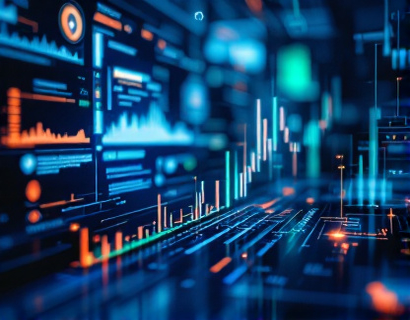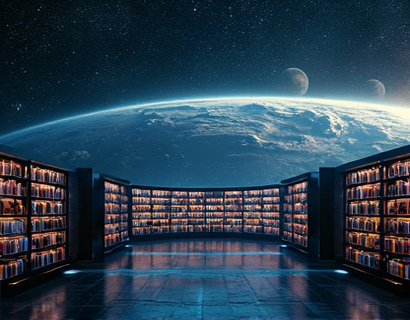AI-Powered Graphic Creation: Revolutionizing Visual Design Accessibility
In recent years, the landscape of graphic design has undergone a significant transformation, driven by the integration of artificial intelligence (AI) into creative processes. This shift has democratized access to professional-quality visual design, making it possible for a broader audience to create stunning graphics without extensive design expertise. The advent of intelligent online tools powered by AI has opened new avenues for graphic designers, marketing professionals, small business owners, social media managers, content creators, entrepreneurs, freelancers, educators, non-profit organizations, and creative hobbyists to produce high-quality visual content efficiently and effectively.
The Role of AI in Graphic Design
AI technology has revolutionized graphic design by automating complex tasks, providing intelligent suggestions, and enhancing creativity. These tools leverage machine learning algorithms to understand design principles, color theory, and composition, enabling them to generate visually appealing graphics. The integration of AI in graphic design tools allows users to input simple text descriptions or select from predefined templates, and the AI system generates custom graphics tailored to their needs. This not only saves time but also reduces the learning curve associated with traditional design software.
Enhanced Creativity and Efficiency
The combination of human creativity and AI-driven tools has led to a new era of enhanced productivity in graphic design. Designers can focus more on the creative aspects of their work, such as conceptualization and strategy, while AI handles repetitive and time-consuming tasks like image generation, color matching, and layout optimization. This synergy between human intuition and machine efficiency results in a more streamlined design process, allowing for rapid prototyping and iteration. For instance, AI can quickly generate multiple design variations based on user inputs, enabling designers to explore a wider range of options and make informed decisions.
Accessibility and Democratization of Design
One of the most significant impacts of AI-powered graphic creation tools is the democratization of design. Traditionally, graphic design was accessible primarily to professionals with formal training and expensive software. However, with the rise of intelligent online tools, individuals with limited design skills can now create high-quality visuals. These tools are user-friendly and often come with intuitive interfaces, making it easy for anyone to produce professional-looking graphics. This accessibility has empowered a diverse range of users, from small business owners managing their own social media presence to non-profit organizations creating impactful visual content without substantial budgets.
Applications Across Various Industries
The versatility of AI-powered graphic creation tools makes them applicable across numerous industries. In marketing, these tools help create engaging social media posts, eye-catching ads, and compelling email campaigns. For entrepreneurs, they provide a means to develop brand assets such as logos, business cards, and website banners. Social media managers can leverage these tools to maintain a consistent visual brand across multiple platforms. Content creators, whether bloggers, vloggers, or podcasters, can use AI-generated graphics to enhance their online presence and make their content more visually appealing. Educators can create instructional materials and presentations that capture students' attention, while non-profit organizations can produce impactful fundraising materials and awareness campaigns.
Customization and Personalization
AI-powered graphic creation tools offer a high degree of customization, allowing users to tailor designs to their specific needs. These tools often include features such as color palette customization, font selection, and element placement, ensuring that the final product aligns with the user's brand identity or personal style. The ability to customize designs with ease means that each graphic can be unique, even when generated based on similar inputs. This level of personalization is crucial for building brand recognition and maintaining a consistent visual identity across various platforms.
Collaboration and Feedback
The collaborative nature of AI-powered design tools is another significant advantage. Many platforms allow multiple users to work on a project simultaneously, with real-time updates and feedback mechanisms. This feature is particularly beneficial for teams where designers, marketers, and other stakeholders need to collaborate on visual content. AI can facilitate this process by providing suggestions based on collective input, ensuring that the final design meets everyone's expectations. Additionally, the ability to quickly iterate and refine designs based on feedback accelerates the creative process and improves the overall quality of the output.
Cost-Effectiveness
Cost is a critical factor for many businesses and individuals when it comes to graphic design. Traditional design services can be expensive, often beyond the reach of small businesses and startups. AI-powered graphic creation tools offer a cost-effective alternative, providing access to professional-quality design at a fraction of the cost. Many of these tools operate on a subscription or pay-per-use model, making it affordable for users to create graphics as needed. This cost-effectiveness not only helps in budget management but also allows for more frequent updates and experimentation with different design approaches.
Quality and Professionalism
Despite the ease of use, AI-powered graphic creation tools do not compromise on quality. The algorithms used in these tools are sophisticated enough to produce high-resolution images and designs that meet professional standards. The use of machine learning ensures that the generated graphics are not only aesthetically pleasing but also strategically aligned with best design practices. Users can trust these tools to deliver results that would be comparable to those produced by experienced designers, without the need for extensive training or expertise.
Challenges and Limitations
While AI-powered graphic creation tools offer numerous benefits, they are not without challenges and limitations. One of the primary concerns is the potential lack of uniqueness in generated designs. Since AI systems often rely on existing data and design patterns, there is a risk of producing graphics that may seem generic or overused. However, many advanced tools incorporate randomness and variability to mitigate this issue, ensuring a higher degree of originality. Another limitation is the limited understanding of complex design contexts and nuanced branding requirements. While AI can handle basic design tasks, it may struggle with highly specialized or culturally specific designs that require a deeper understanding of context and subtlety.
Future Trends and Innovations
The future of AI-powered graphic creation is promising, with ongoing advancements expected to further enhance the capabilities of these tools. One area of focus is the integration of more advanced machine learning models, such as generative adversarial networks (GANs), which can produce even more realistic and diverse designs. Additionally, the incorporation of natural language processing (NLP) will allow for more intuitive user interactions, where designers can describe their vision in natural language, and the AI system translates it into visual form. The development of augmented reality (AR) and virtual reality (VR) design tools is another exciting frontier, enabling users to visualize and interact with designs in immersive environments.
Conclusion
The integration of AI into graphic design has transformed the way visual content is created, making it more accessible, efficient, and cost-effective. By leveraging the power of intelligent online tools, a wide range of users can produce high-quality graphics that meet professional standards. This democratization of design empowers individuals and businesses to express their ideas visually, enhancing their online presence and communication effectiveness. As technology continues to evolve, the potential for AI-powered graphic creation will only grow, offering even more innovative solutions and expanding the horizons of visual design.



